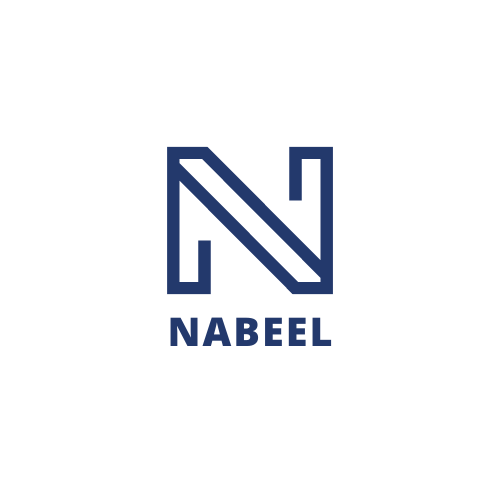Asana vs. Trello: A Detailed Comparison for 2025
In the ever-evolving landscape of project management tools, choosing the right platform can significantly impact your team’s productivity and efficiency. Asana and Trello have long been favored by teams of all sizes for their unique features and capabilities. In this blog post, we’ll delve into a comprehensive comparison of Asana and Trello, focusing on their features, usability, pricing, and more, to help you decide which tool best fits your needs in 2025. 🤔
Introduction
Project management software has become indispensable in today’s digital age, offering teams a streamlined approach to organizing tasks and collaborating effectively. Asana and Trello are two of the most popular tools in this domain, each with its strengths and weaknesses. But how do they stack up against each other in 2025? Let’s explore!

Features Overview
Asana: A Powerhouse for Complex Projects
Asana is renowned for its robust feature set, making it ideal for managing complex projects. It offers advanced task management capabilities, including dependencies, subtasks, and custom fields. These features allow teams to break down projects into manageable pieces and track progress meticulously.

Asana’s timeline view is particularly beneficial for visualizing project schedules. This Gantt-chart-like feature helps teams understand task dependencies and adjust timelines as needed. Additionally, Asana integrates seamlessly with various third-party apps like Slack, Zoom, and Microsoft Teams, enhancing its utility in collaborative environments. 📈
Trello: The Visual Organizer
Trello, on the other hand, is famed for its simplicity and visual appeal. Its Kanban-style boards are intuitive, making it easy for users to drag and drop tasks as they move through different stages of completion. Trello is perfect for those who prefer a straightforward, no-frills approach to project management.
Despite its simplicity, Trello offers powerful features like Butler, an automation tool that helps streamline repetitive tasks. Trello also supports integration with popular apps like Google Drive, Dropbox, and Slack, making it a versatile choice for teams looking to enhance their workflow. 🧩
User Experience and Interface
Asana: Feature-Rich and Customizable
Asana’s interface is sleek and modern, although it can appear overwhelming to new users due to its extensive feature set. However, once you get accustomed to its layout, the customization options it offers become invaluable. Asana’s ability to create custom templates and workflows tailored to specific project needs is a significant advantage for users managing intricate projects.
Trello: Intuitive and Easy to Use
Trello’s interface is user-friendly and highly visual, making it accessible to users of all experience levels. The drag-and-drop functionality of its Kanban boards simplifies task management, while visual cues like color-coded labels aid in task prioritization. Trello’s minimalist design ensures that users can focus on what’s important without getting bogged down by unnecessary details. 🎨
Pricing and Plans
Asana: A Tiered Approach
Asana offers a tiered pricing model, starting with a free version that includes basic task management features. Its Premium and Business plans unlock more advanced functionalities such as timelines, reporting tools, and priority support. While Asana’s pricing can be on the higher side, the value it provides for managing complex projects justifies the cost for many teams.
Trello: Affordable and Flexible
Trello’s pricing strategy is straightforward, with a free version that offers ample functionality for small teams. Its paid plans, Trello Standard, Trello Premium, and Trello Enterprise, provide additional features like advanced checklists, priority support, and enhanced security measures. Trello’s affordability makes it an attractive option for startups and small businesses. 💰
Conclusion
Choosing between Asana and Trello in 2025 boils down to your team’s specific needs and project complexity. If you’re managing intricate projects that require detailed tracking and customization, Asana’s robust feature set is hard to beat. However, if simplicity, affordability, and visual task management are your priorities, Trello offers a compelling solution.
Ultimately, both Asana and Trello have proven their worth in the project management arena. By considering your team’s unique requirements and workflow, you can make an informed decision that will enhance productivity and collaboration. 🚀
FAQs
Q: Can Asana and Trello be integrated together?
A: Yes, Asana and Trello can be integrated using third-party tools like Zapier, allowing you to automate workflows between the two platforms.
Q: Is there a mobile app for both Asana and Trello?
A: Absolutely! Both Asana and Trello offer mobile apps for iOS and Android, enabling you to manage tasks on the go.
Q: Which tool is better for small businesses?
A: Trello is often favored by small businesses due to its affordability and ease of use, while Asana’s advanced features make it suitable for teams handling complex projects.
Q: Do both platforms support team collaboration?
A: Yes, both Asana and Trello are designed to enhance team collaboration, with features that facilitate communication and task management among team members.
We hope this comparison helps you decide which project management tool can best support your team’s goals in 2025! 🌟



